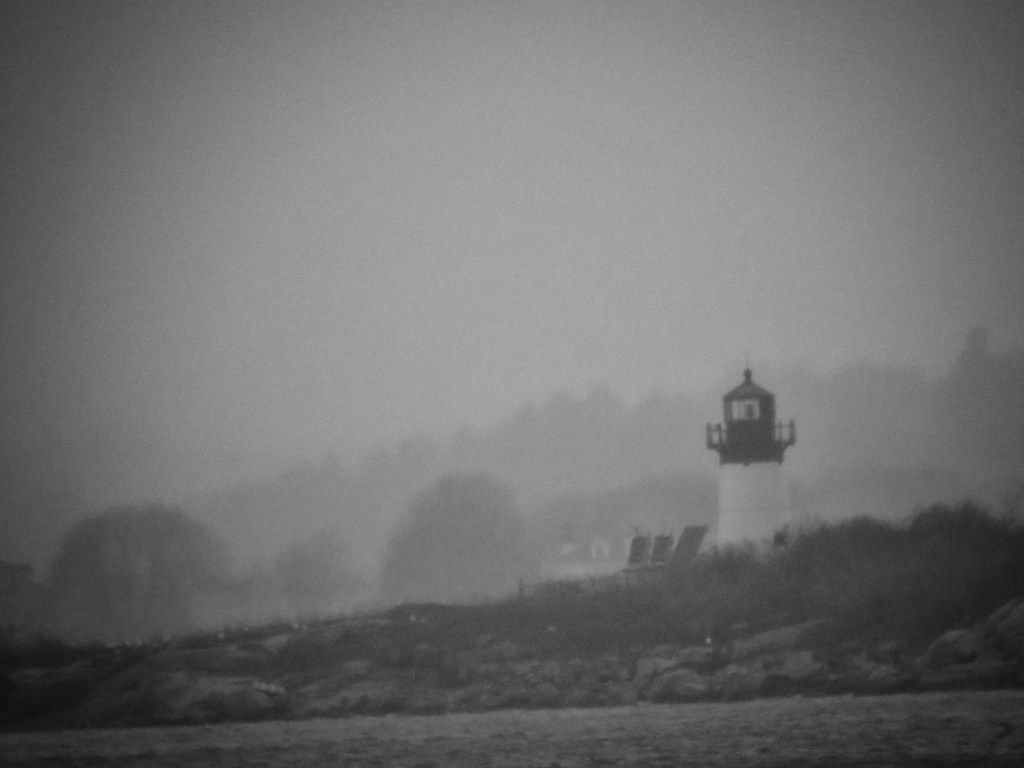By Jude Seminara

On June 27, 1629, the ship “Talbot,” from England to Salem anchored in Gloucester Harbor. Four men rowed ashore at the large island near their anchorage and picked strawberries, gooseberries, and roses. Fifteen years later, after the town of Gloucester had been settled, the town voted that the island should be used to pen “Rams onlie; and whoever shall put anie but great Rams” would be fined two shillings per animal. The island that the “Talbot’s” men went ashore on has been known as Ten Pound Island for those ram pens (or pounds) ever since.
Local lore (erroneously) suggests that the name of the island derives from the amount in silver money paid for the island. However, in 1700, the selectmen of Gloucester entered into an agreement with Samuel English, descendant of Agawam sagamore Masconomet, where English would sell all claim to the lands within the bounds of Gloucester (including present-day Rockport) for the amount of seven pounds in silver money. (There was once a smaller Five Pound Island in the inner harbor; it’s now the end of the State Fish Pier.
Rams weren’t the only animals associated with Ten Pound Island. In 1817, a large, heretofore unknown animal was seen plying the waters around the island, and sunning itself on the rock. Many prominent citizens attested to seeing the serpent, and the Linnaean Society even took enough interest in it to give it a Latin name.
Ten Pound Island was an ideal location for a lighthouse, and in May 1820, Congress approved funds to establish a light station. The fixed white light was lit the following year, atop a twenty-foot conical tower that was thirty-nine feet above sea level. By 1842, however, the tower and keeper’s house was in disrepair. This didn’t stop artist Winslow Homer from spending the summer of 1880 boarded at the keeper’s house. The next year, a conical brick-lined cast iron tower was constructed.
Still under the control of the United States Government, Ten Pound Island became home to two other federal institutions: a fish hatchery in 1889, and a Coast Guard air base in 1925.
In 1925, amid Prohibition, the Coast Guard engaged in smuggling interdiction, as Cape Ann proved to be well suited to smuggling illicit alcohol from outside of the three-mile limit then in effect. On the island, the Coast Guard constructed Base 7, consisting of an Army surplus canvas hangar and one scout plane. It was manned by a crew of two Coast Guardsmen. June 20 of that year marked the first use of an aircraft to chase rum runners. The first capture by an aircraft was made four days later. The success of Base 7 (or the challenge of chasing speedboat-borne rum runners) led to increasing the facilities and assets. In 1926, the Coast Guard built a permanent hangar blasted from the ledge at a cost of $5000. More aircraft were acquired: two amphibians were added, bringing the total aircraft to three; and the complement of men was increased to seventeen. The base was under the command of LtCdr Carl von Paulsen. Between 1925 and 1929, the Coast Guardsmen of Base 7 responded to 212 cases of distressed vessels and rum running activity off the coast of Cape Ann.
